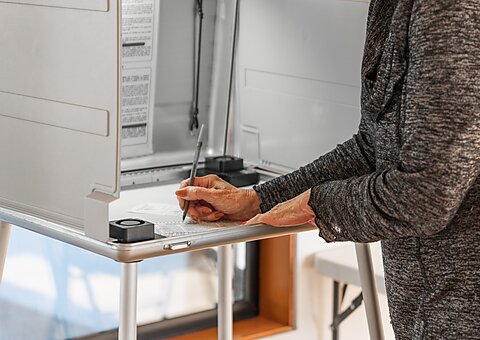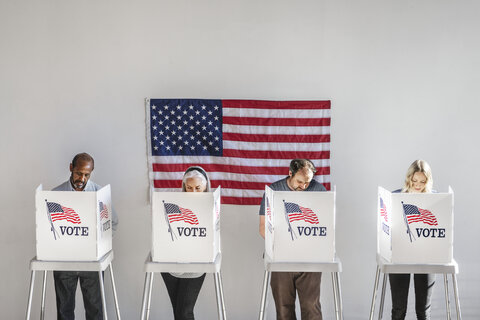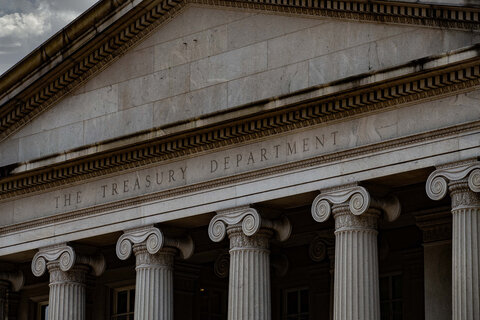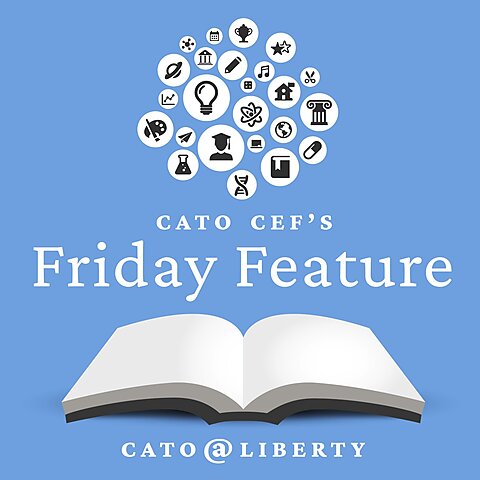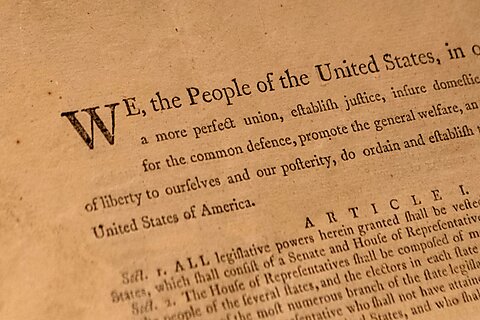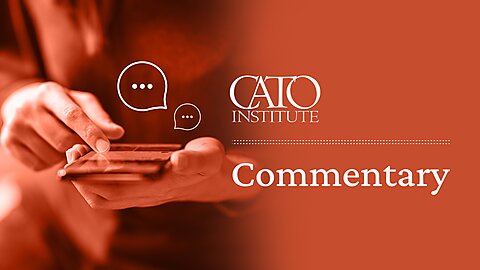Nuclear power is in the news again. Motivated by projected increases in electricity demand and fueled by federal subsidies to research and investment in nuclear reactors, tech companies have recently made headlines with major nuclear deals. Microsoft has plans to restart a reactor at Three Mile Island, Google signed an agreement with nuclear company Kairos Power, and Amazon announced three nuclear deals with public utilities and X‑energy, which is developing its own reactor technology.
Despite the flurry of attention, nothing suggests that the underlying economics of nuclear have changed. Nuclear remains expensive, and its costs likely outweigh its benefits as a zero-carbon energy source.
A recent Washington Post editorial, drawing heavily from a Department of Energy (DOE) report on pathways to deploying new nuclear power, summarizes the optimistic view of nuclear’s prospects. But to anyone who has paid attention to the United States’ historic and recent experience with nuclear power, the editorial and report are wildly overconfident.
The DOE argues that the US has the potential to deploy around 200 gigawatts (GW) of nuclear power in the next 26 years, tripling the current US capacity of around 100 GW by 2050. Getting there would require a ramp-up of nuclear construction, with the best-case scenario envisioning deployment beginning in 2030 and reaching a “steady state” level of 13 GW deployed per year in 2041.
This is a pace that has never been seen. In China, where the most recent large-scale growth in nuclear capacity has occurred, deployment averaged 3.4 GW per year between 2014 and 2023. According to the DOE report (reprinted here in Figure 1), annual deployment in the United States, which has the largest nuclear fleet in the world, averaged 6 GW per year between 1973 and 1987 and peaked at 10.5 GW in 1974. It has since stalled. In the past 30 years, the United States has commissioned 4.6 GW of nuclear capacity, an average of 0.15 GW per year.
The slowdown in the United States (and similar slowdowns in other Western countries, including France, Canada, and Germany) was the result of cost overruns and construction delays, though the causes have been hotly debated. Peter Van Doren and I conducted an in-depth look in a 2022 working paper and concluded that ineffective construction management and the high level of regulation on nuclear power plants both played an important role. However, there is no conclusive estimate of the relative shares of the cost increase that can be attributed to each factor.
The most recent US nuclear construction projects were designed specifically to deal with the historic drivers of cost increases. Construction on four reactors at two sites (Vogtle in Georgia and V.C. Summer in South Carolina) began in 2013. The projects benefited from a large amount of government subsidies, loan guarantees, and risk insurance to offset cost overruns, and the reactor technology used was the first licensed by a new Nuclear Regulatory Commission process designed to preclude past regulatory impediments.
It was hoped that these and other features would help the projects avoid past pitfalls. They didn’t. The Vogtle reactors finally came online in 2023 and 2024 at more than double initial cost projections (around $32 billion compared to predictions of $12 to $14 billion) and eight years late. Construction at V.C. Summer was canceled in 2017 after $9 billion was sunk into the failed project.
By backing new reactor technologies, Google and Amazon are concluding that their chosen projects will be different. If these projects are successful, they would be incredibly beneficial. But these decisions are not simply private companies taking risks. We should be concerned about the role the government is playing in these decisions.
Historically, the federal government has taken a two-pronged approach to nuclear, imposing a high level of safety regulation while also providing a substantial amount of subsidies. Recently, efforts have focused on reforming the NRC licensing process, especially to allow for more innovative reactor designs. We should applaud any efforts to reduce overly burdensome regulation. But considering that the historic cost problems have also been caused by other factors, these efforts alone will not fix nuclear’s shortcomings.
Meanwhile, the level of subsidies remains high. The Inflation Reduction Act applied new tax credits to nuclear power while last year the DOE spent more than $1.6 billion on various nuclear programs. These policies socialize some of the risk that companies like Google, Amazon, and Microsoft will take on if they elect to follow through on their nuclear agreements. R&D funding, tax credits, favorable loans, and subsidies don’t alter the intrinsic costs of nuclear, they simply transfer a portion of those costs to taxpayers.
Instead, we should remove both government barriers to and support for nuclear (and all energy technologies). If the calculus of nuclear makes sense to Microsoft, Google, and Amazon, they should take on the risk without taxpayers footing part of the bill.
Of course, the potential societal benefit of clean energy muddies the waters somewhat. But Peter Van Doren and I evaluated the economics of nuclear when carbon damages are included and determined that, with current nuclear costs and compared to a natural gas power plant, the benefit of zero-carbon electricity is vastly outweighed by the astronomical costs of construction. It would require a substantial reduction in these costs before nuclear is economical, even when accounting for climate damages.

